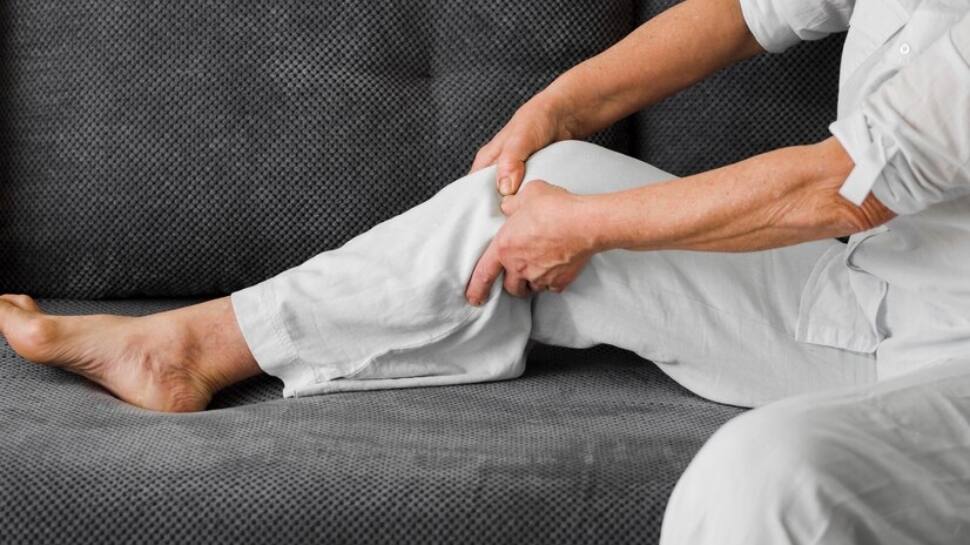Why Do Joints Pain More In Winter? Tips To Tackle Stiff Knees And Aches, Expert Shares
 [ad_1]
[ad_1]
As winter sets in, many individuals find themselves grappling with increased joint pain, a phenomenon often exacerbated by the cold weather. Understanding the reasons behind this discomfort and adopting proactive measures can make a significant difference in managing joint health during the chilly months.
In an exclusive interview with Zee News English, Dr Amit Kale, Professor and Head of Unit of Orthopedic and Joint replacement, DPU Private Super Specialty Hospital, Pimpri, Pune shares why do joints pain more in winter and how can we tackle that.
Why does joint pain occur during the cold weather?
Cold weather contributes to joint pain through several mechanisms. Firstly, the lower temperatures increase the viscosity of the joint, making movements less fluid. Additionally, the ligament structure within the joint undergoes changes in response to the cold. Furthermore, reduced blood supply to the muscles surrounding the joint in cold weather amplifies discomfort. This effect is particularly pronounced in individuals with pre-existing joint conditions like rheumatoid arthritis, where the pain intensifies during colder periods.
Tips to Reduce Joint Pains during the Winter Season
1. Medication Management: For those with arthritis or other joint conditions, consistent adherence to prescribed medications is crucial. This helps to control inflammation and alleviate pain effectively.
2. Layering and Warmth: Maintaining body warmth is key to mitigating joint pain. Layering clothing and ensuring that joints are covered when outdoors can significantly contribute to reducing discomfort.
3. Regular Exercise: Engaging in regular, gentle exercises such as stretching and aerobics promotes joint flexibility and diminishes stiffness. Exercise also boosts blood circulation, aiding in the alleviation of winter-induced joint pain.
4. Hydration: Staying hydrated is vital for overall health and plays a role in joint pain management. Consuming an ample amount of fluids, including water and juices, helps maintain body hydration, reducing the severity of joint pain.
5. Maintaining Healthy Body Weight: Striving to maintain a healthy body weight is crucial for joint health. Excess weight can exert additional stress on joint cartilage, leading to increased pain. By staying within a healthy weight range, individuals can minimize the impact on their joints.
6. Balanced Diet: Incorporating foods rich in omega fatty acids and antioxidants into one's diet can contribute to reducing inflammation and subsequently alleviating joint pain.
7. Heat Therapy: Applying heat pads or indulging in warm baths can provide relief by enhancing joint flexibility. The warmth soothes discomfort and aids in maintaining optimal joint function.
8. Appropriate Footwear: Wearing suitable footwear during winter is essential to prevent slips and falls that can impact the joints. Providing stability and support to the feet can go a long way in safeguarding against potential injuries.
Comments
Post a Comment